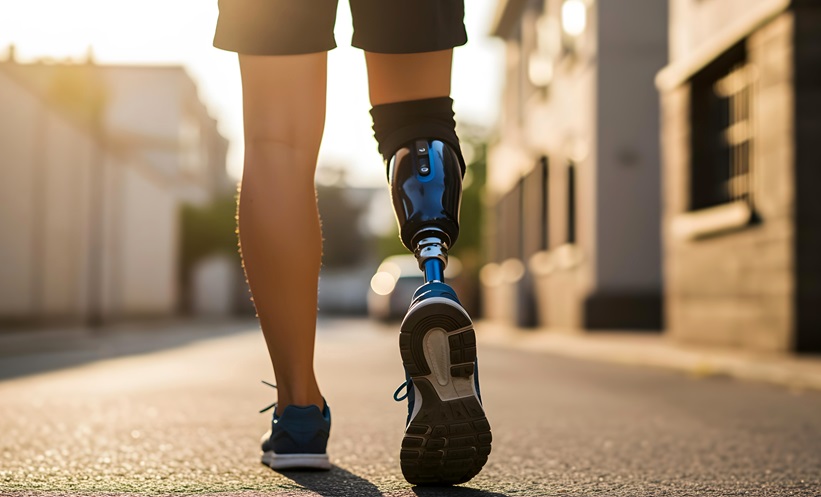ONE drop of blood is all a new clotting test needs. Developed by researchers at the University of Washington, USA, in combination with the smartphone’s vibration function and camera, this research holds the potential to revolutionise remote testing in patients such as those on warfarin, who monitor their blood regularly.
The system includes a plastic attachment to hold a small cup under the smartphone camera; a small drop of blood is added to this with a copper particle and clotting stimulant to begin the coagulation cascade, followed by activating the vibration and camera functions on the phone to promote and monitor movement as the clot forms. The research produced favourable accuracy scores within acceptable ranges for standard instruments in the field. Commenting on this finding, Kelly Michaelsen, co-author in the research and Assistant Professor at the University of Washington (UW) School of Medicine, Seattle, USA, stated that patients who can monitor their prothrombin time/international normalised ratios levels from home would only need to go the clinic if the test suggested they were outside of the desirable range.
Describing previous practices, the practicality of this new method was further credited by Shyam Gollakota, Paul G. Allen School of Computer Science & Engineering, UW, Seattle, USA: “This, however, requires a lot of blood, making it infeasible to use in home settings.” He went on to confirm that “we get accuracy similar to the best commercially available techniques,” when talking about clinically recognised figures for prothrombin time and international normalised ratios.
The methodology of this research involved testing three different types of blood sample, beginning with plasma from 140 anonymous patients at the UW Medical Center, Seattle, USA. Plasma from an additional 79 patients with known blood-clotting issues was also examined. In both groups, the results were similar to commercially available tests. Mimicking a home experience, the researchers then progressed to test whole blood in 80 anonymised patients from Harborview Medical Center, Seattle, Washington, USA, and UW Medical Center, once again yielding results within the accuracy range of accepted tests.
Despite these encouraging findings, the researched system is still in the proof-of-concept stage. The strengths remain clear in terms of how affordable and accessible the device is. Gollakota stated: “Almost every smartphone from the past decade has a vibration motor and a camera.” The next stage in this research will involve patients testing at home, and the investigators also plan to assess their system in resource-limited areas of the world.








